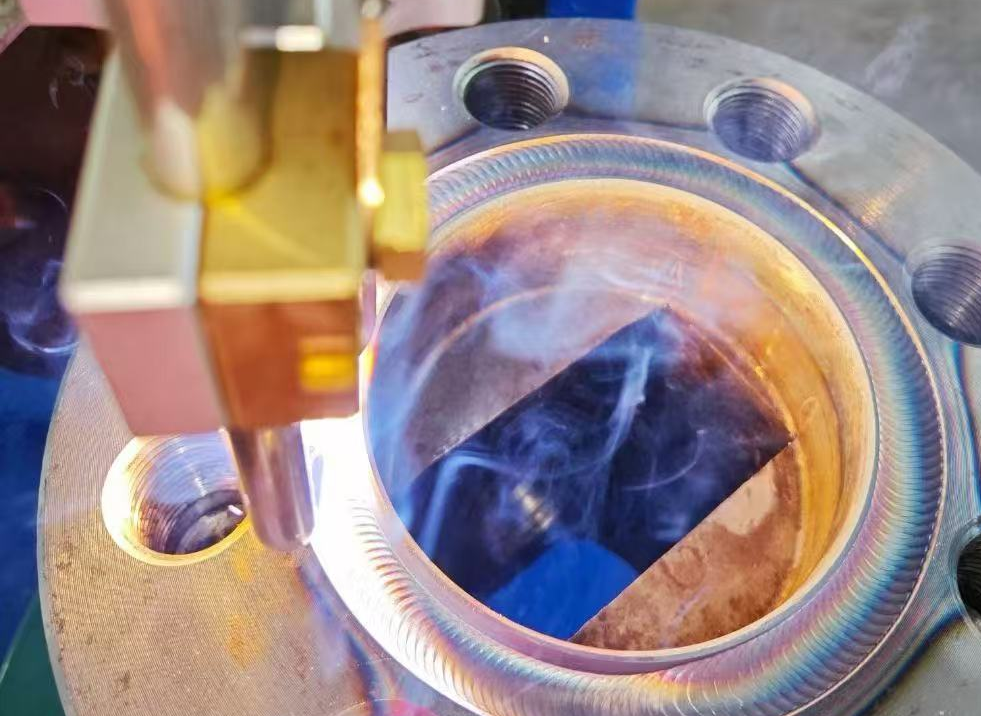Cladding welding, also known as weld overlay or overlay welding, is a process where a corrosion-resistant or wear-resistant material is deposited onto a base metal. It enhances the service life of components exposed to harsh environments, such as high pressure, extreme temperature, and corrosive fluids.
Cladding welding is widely used in industries that demand enhanced surface performance. These include sectors such as:
Oil & Gas
Petrochemical
Power Generation
Pipeline Construction
Valve and Flange Manufacturing
To enhance corrosion resistance on internal surfaces
Especially nozzles, shells, and tube sheets
Internal overlay for wear and corrosion protection
Including RTJ grooves and sealing surfaces
✅High deposition rate
✅ Consistent bead geometry
✅ Reduced human error
✅ Greater efficiency and cost savings
✅ Ideal for mass production or repeat jobs
|
Feature
|
Manual
|
Cladding Automatic Cladding
|
|---|---|---|
|
Efficiency
|
Low
|
High
|
|
Consistency
|
Varies
|
Excellent
|
|
Operator Skill
|
High
|
Moderate
|
|
Productivity
|
Low
|
High
|
|
Long-term Cost
|
Higher
|
Lower
|

🔩 Precision Engineering with Tig or Mig Welding
Multi-angle Welding Torch + Motorized Rotary Table.
🧠 Smart Control System
Large HMI allows easy programming, monitoring, and operation, even for first-time users.
Large Storage
Store and quickly recall up to 30 welding procedures, matched to different workpiece specifications.
🔄 Multi-Angle Torch Adjustment
Flexible Welding Arm & Angle Adjustment Mechanism enable multi-position, multi-angle welding, adapting to complex geometries and groove orientations.
🧰 Optimized Design
Split-Type Compact Structure. Small footprint, easy to install, and highly adaptable to existing production lines.
We Are Committed to Delivering Quality Welding Solutions.
Empowering industries worldwide with precision, efficiency, and advanced welding technologies.
Jigao Innovation and Entrepreneurship Industrial Center, 803 Keyuan Road, High-Tech Zone, Jinan, Shandong Province